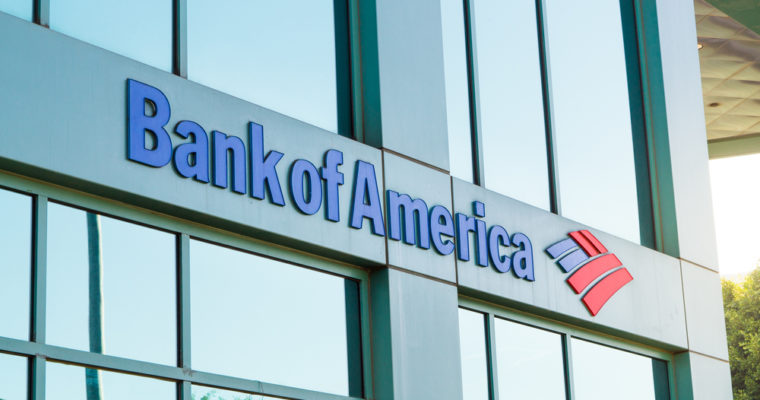Throughout 2018, the cryptocurrency market has lost 75 percent of its valuation. Yet, crypto hedge funds are raising hundreds of millions of dollars from accredited investors and institutions.
On November 1, CCN reported that Grayscale Investments, a subsidiary company of cryptocurrency venture capital behemoth Digital Currency Group, raised more than $330 million from both existing and new investors.
After recording a 1,200 percent increase in the amount the firm had raised across three quarters in 2017, Michael Sonnenshein, managing director of Grayscale Investment stated that the substantial 69 percent drop in the price of Bitcoin had minimal impact on the company’s client base.
“Bitcoin prices doing nothing but go down the entire year has not deterred our existing clients from putting more capital to work. Asset inflows are really strong despite these price declines. Investors are taking the pullback as an opportunity to increase their exposure. The price has not slowed down the pace of investments — it’s actually caused us to broaden our relationships.”
Not Just Grayscale
As a publicly tradable instrument provider of Bitcoin, Ethereum, Ethereum Classic, and Zcash that allow investors in the stock market to invest in the cryptocurrency market, Grayscale has a strong reputation as a digital asset asset manager and investment firm.
But, over the last several months, other major cryptocurrency hedge funds such as Pantera Capital and former Point72 portfolio manager Travis Kling-founded Ikigai Asset Management have raised over $100 million to invest in the asset class.
The cryptocurrency sector has fallen by a significant margin within a 11-month period, but to many investors exploring the asset class as a long-term investment opportunity, the correction of the market has been considered an opportunity.
Throughout the past 10 years, the cryptocurrency market recorded four major corrections, all of which demonstrated drops of over 80 percent in valuation. Hence, as Travis Kling emphasized, the cryptocurrency market is merely at the start of exponential growth and the correction is a viable opportunity for new investors to enter.
“Same as that earlier invention, I believe crypto will create trillions of dollars along the way. Already the market for virtual coins is valued at hundreds of billions of dollars. And it’s all just getting started. So I left Point72, billionaire Steven A. Cohen’s hedge fund, in December to continue my investing career, but in a new asset class,” Kling wrote on August 1.
In August, Pantera Capital raised more than $100 million and is targeting to raise $75 million more to establish a venture capital-style fund to invest in cryptocurrency startups.
Over 140 investors participated in the $100 million fund of Pantera with a 10-year long-term vision to invest in the cryptocurrency industry and emerging startups rather than cryptocurrenies like Bitcoin and Ethereum.
Market Growth is Strong
Historically, the cryptocurrency market has rebounded strongly from large corrections and consistently achieved new all-time highs.
2018 has evidently shown that cryptocurrency as an asset class is strong and robust, supported by a rapidly growing industry. It is not a fad but rather a newly emerging technology, consensus currency, and computing system that is competing against existing centralized systems.
Follow us on Telegram or subscribe to our newsletter here.
Advertisement













